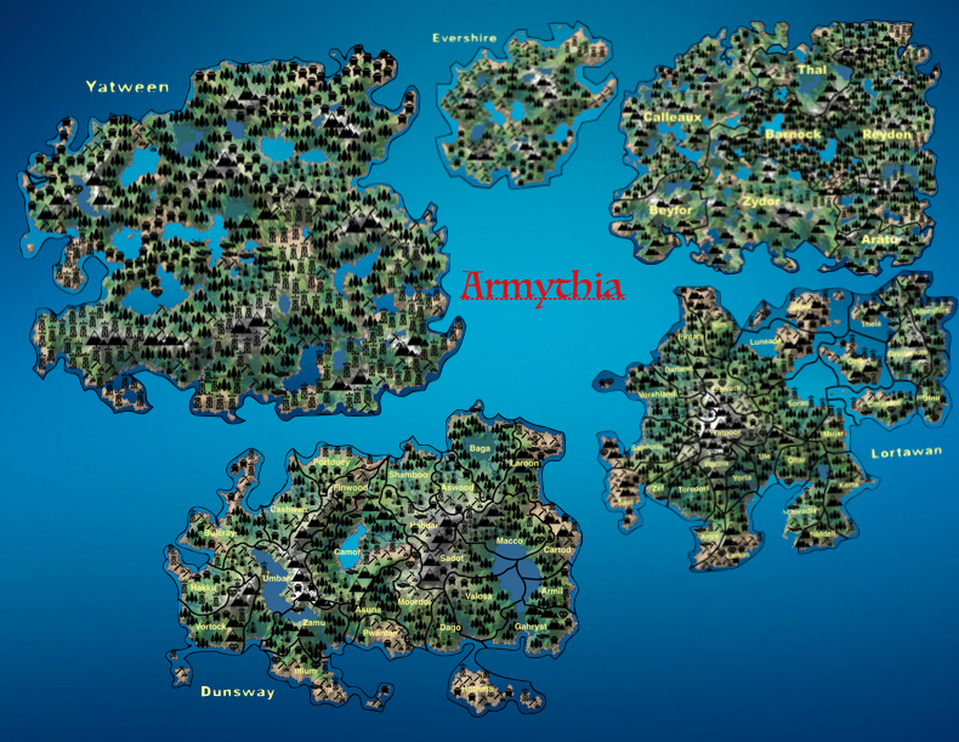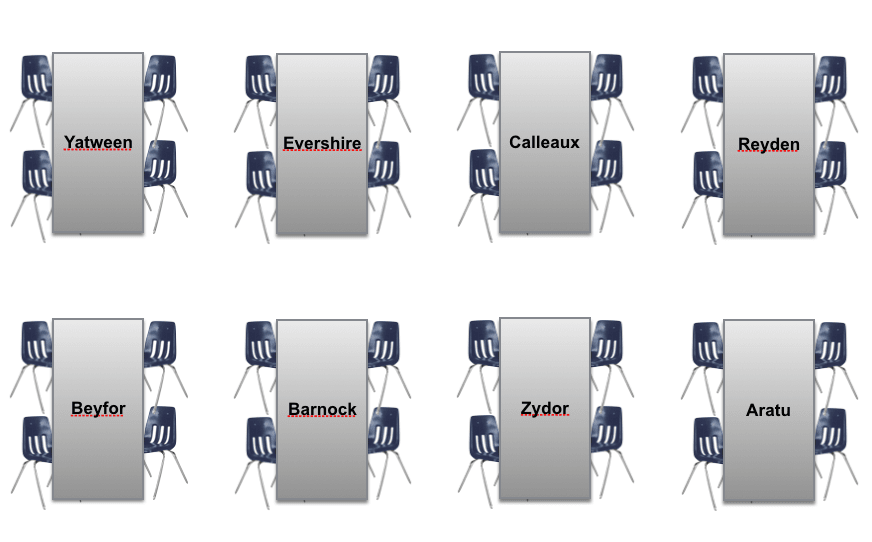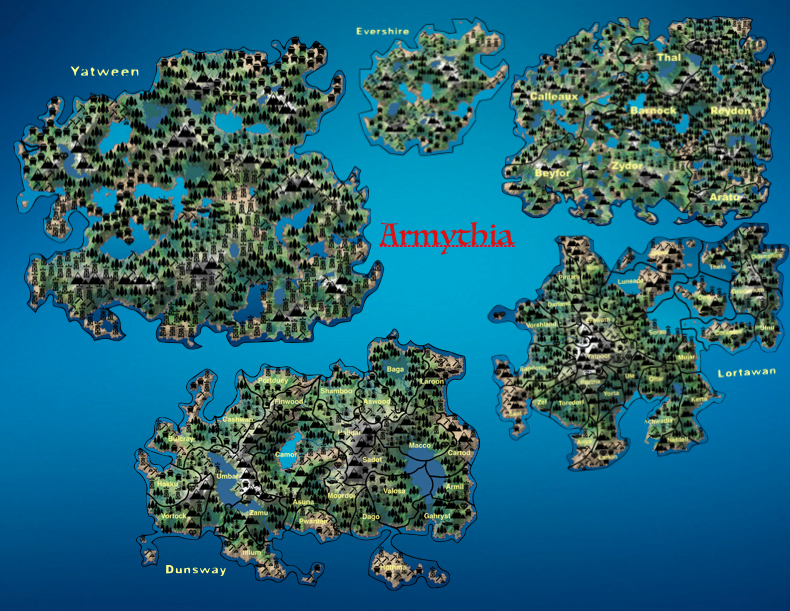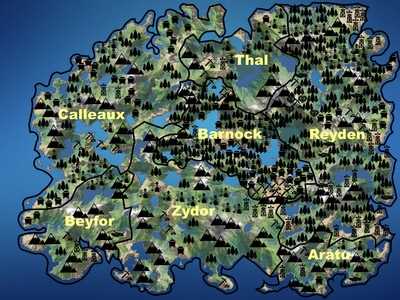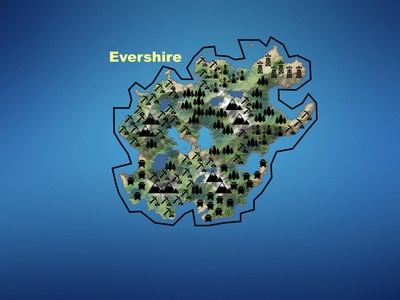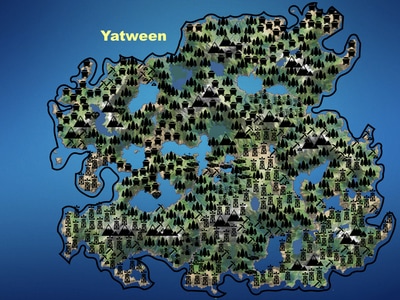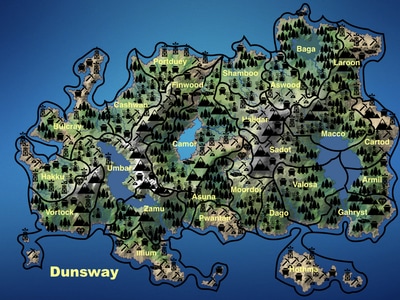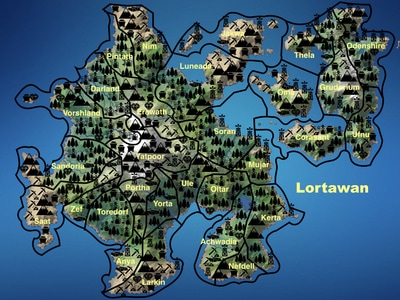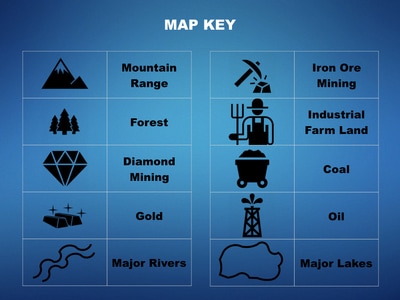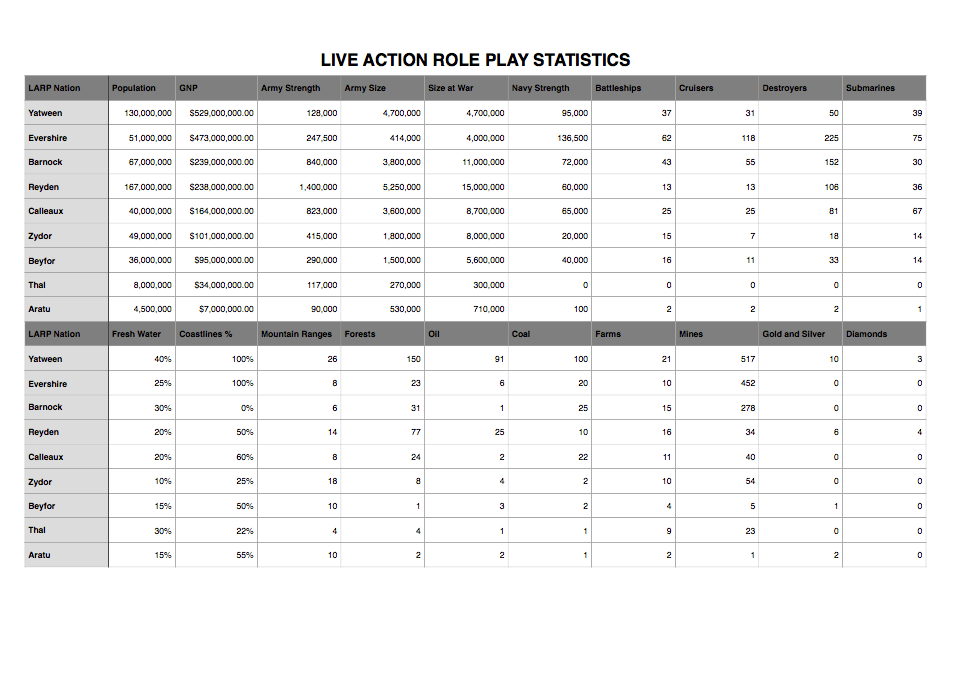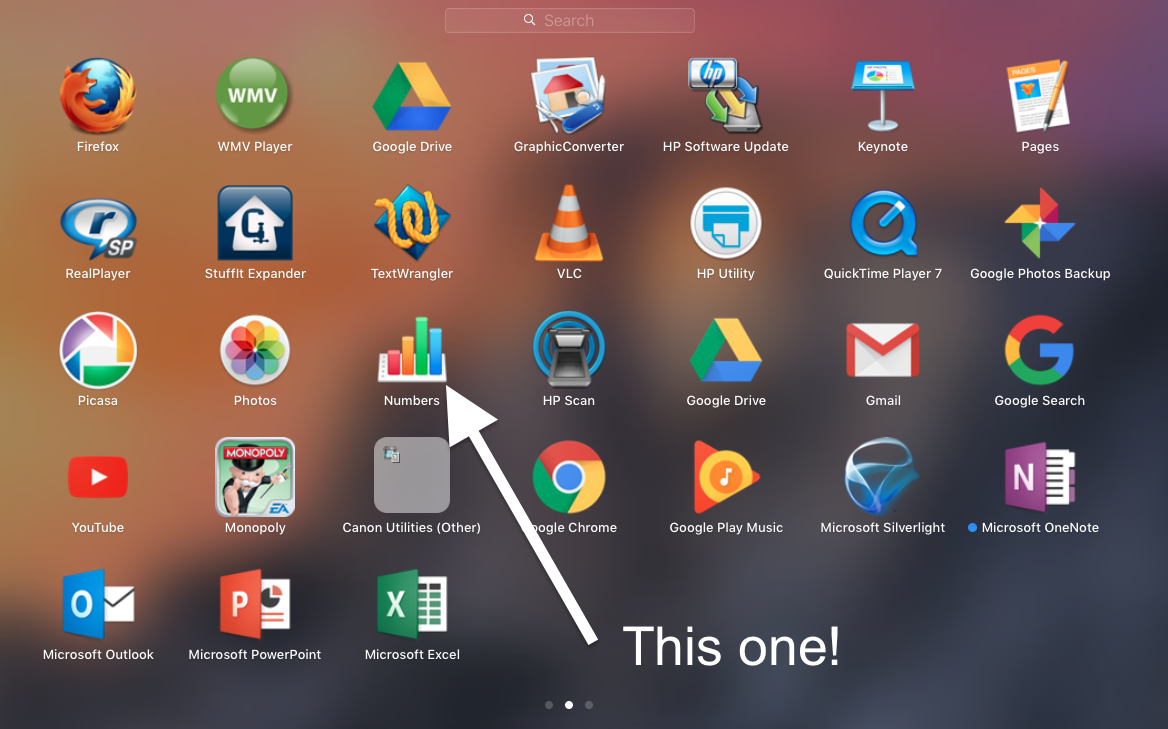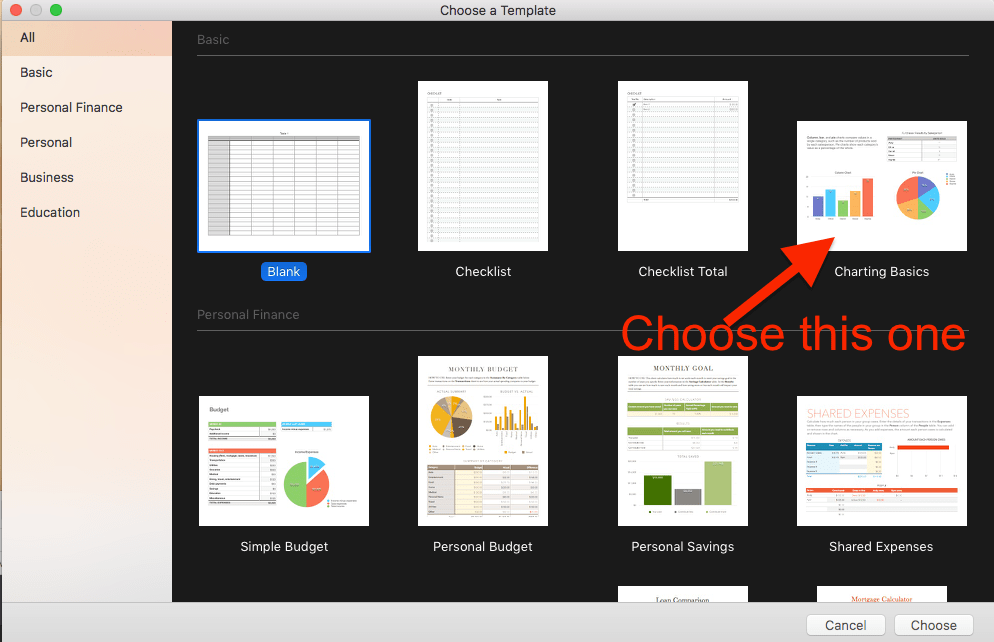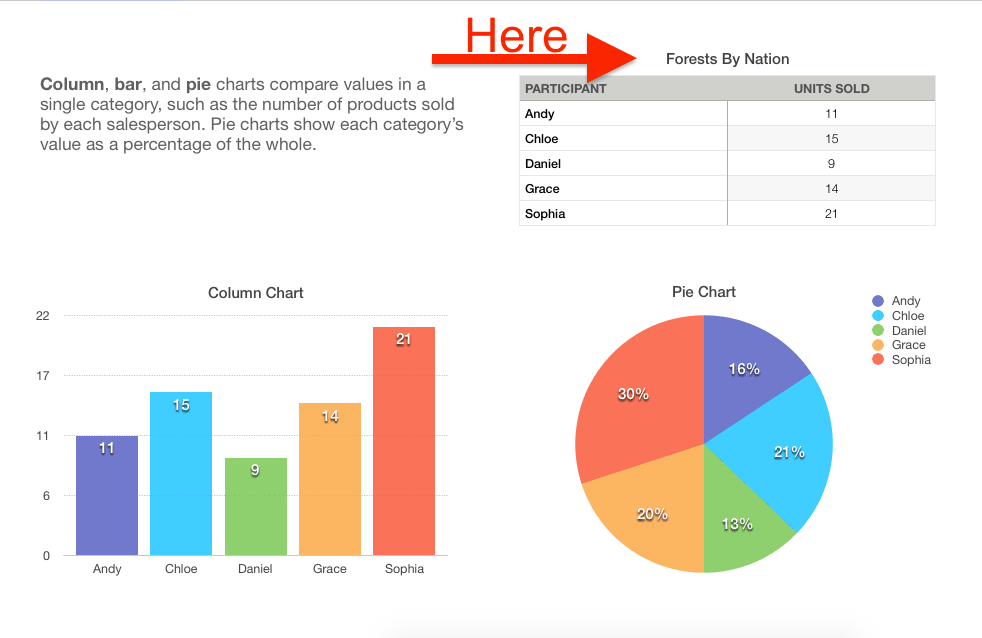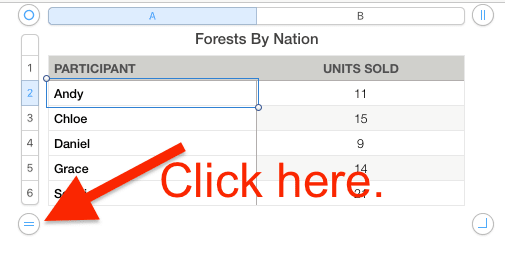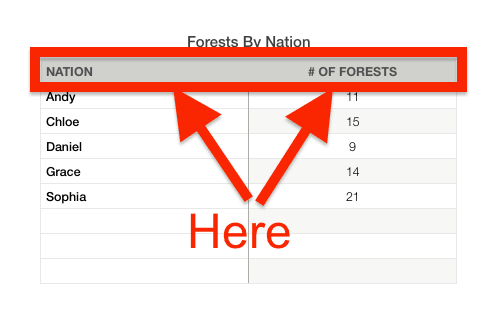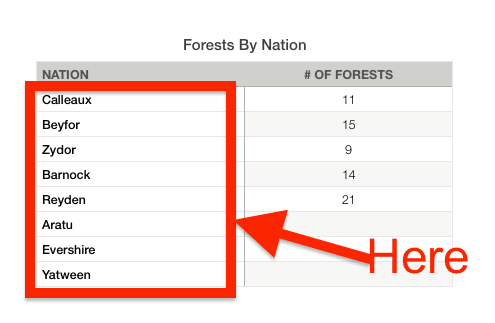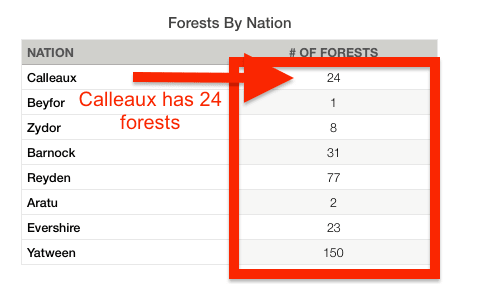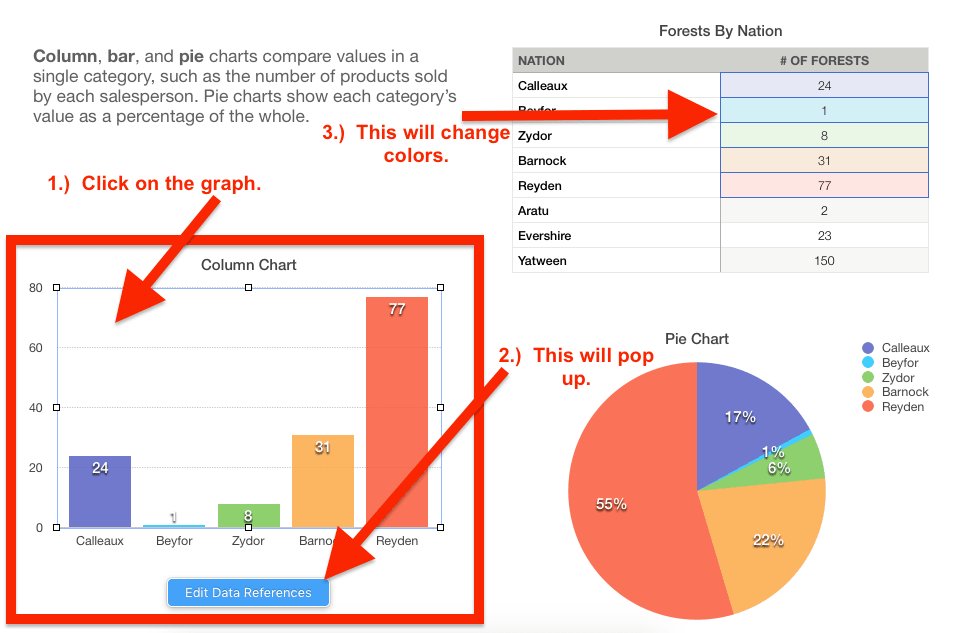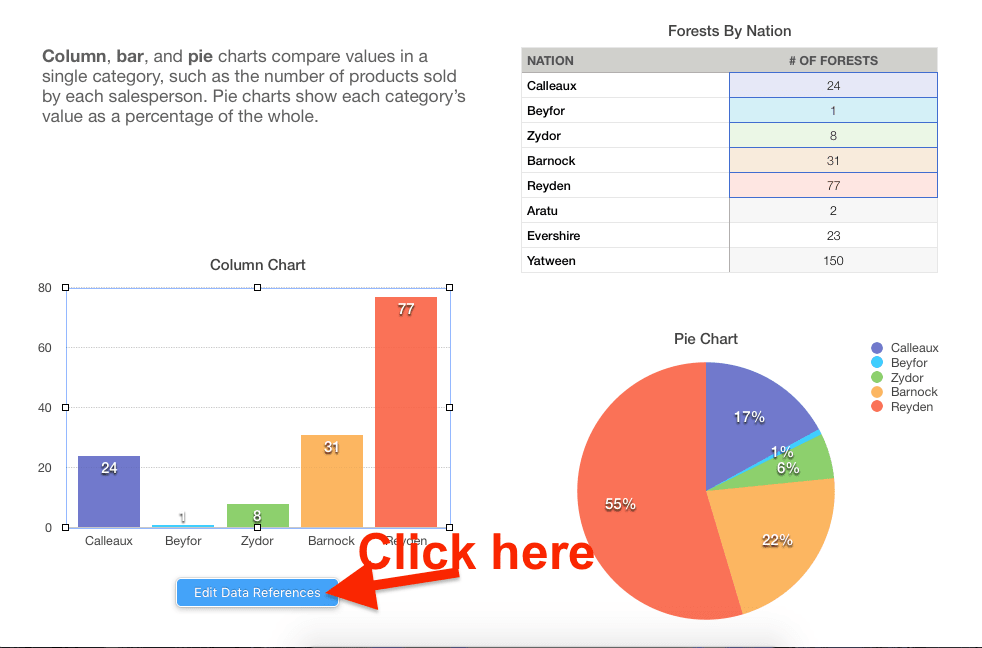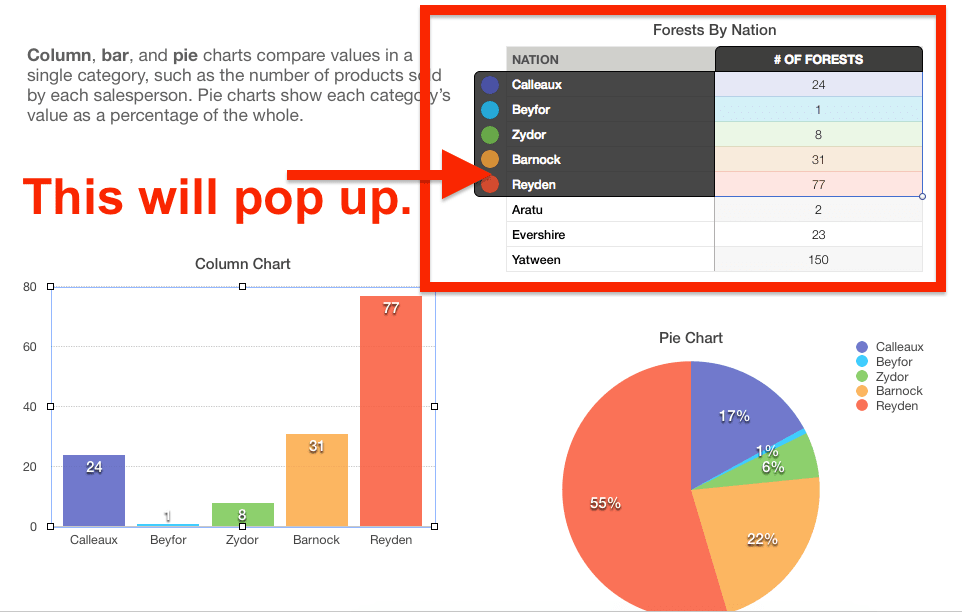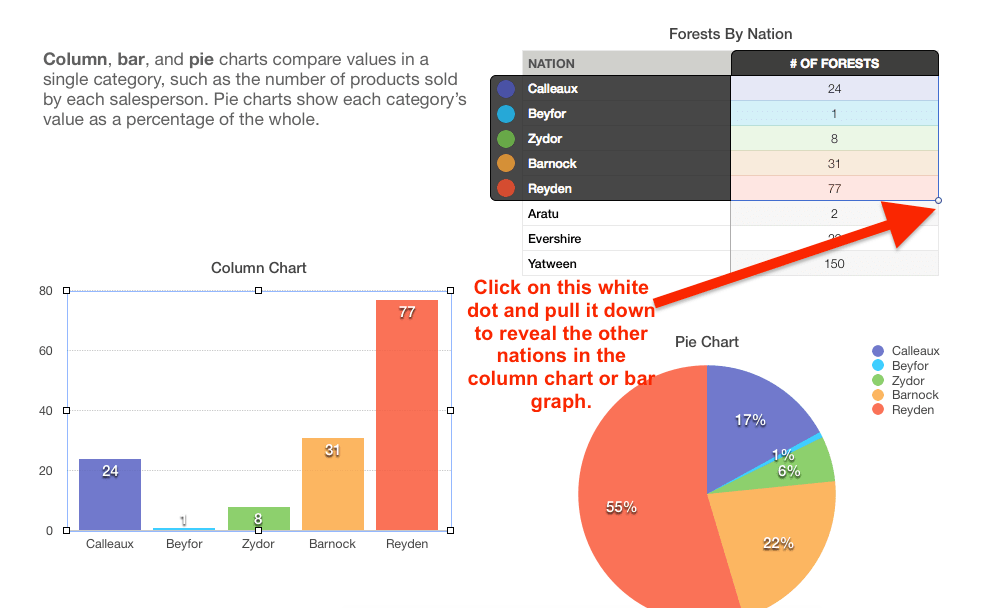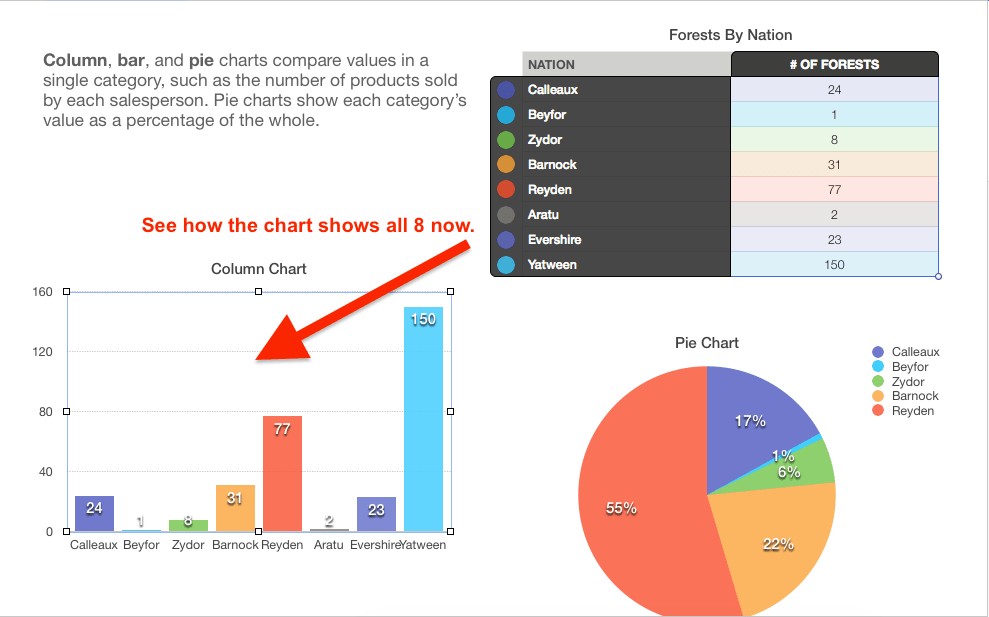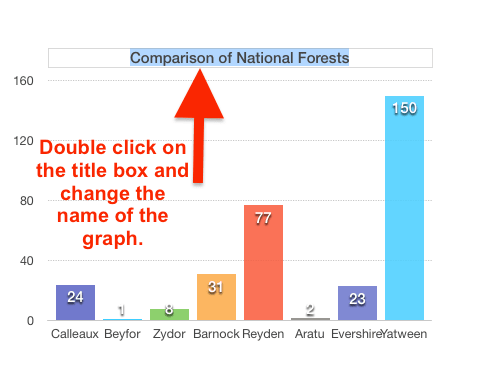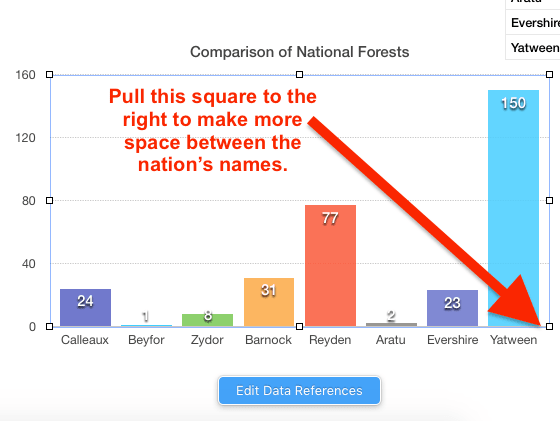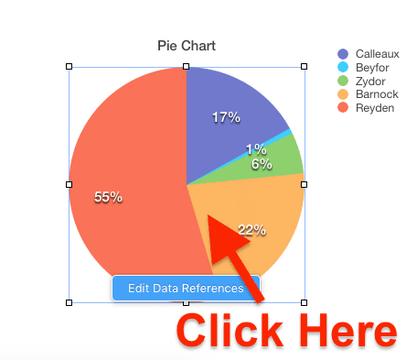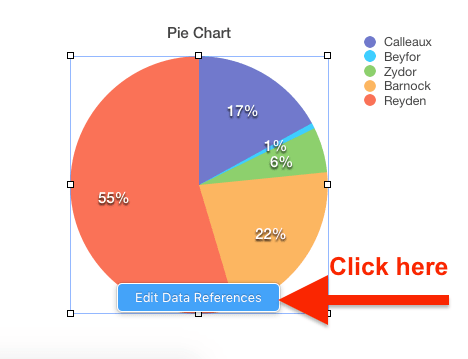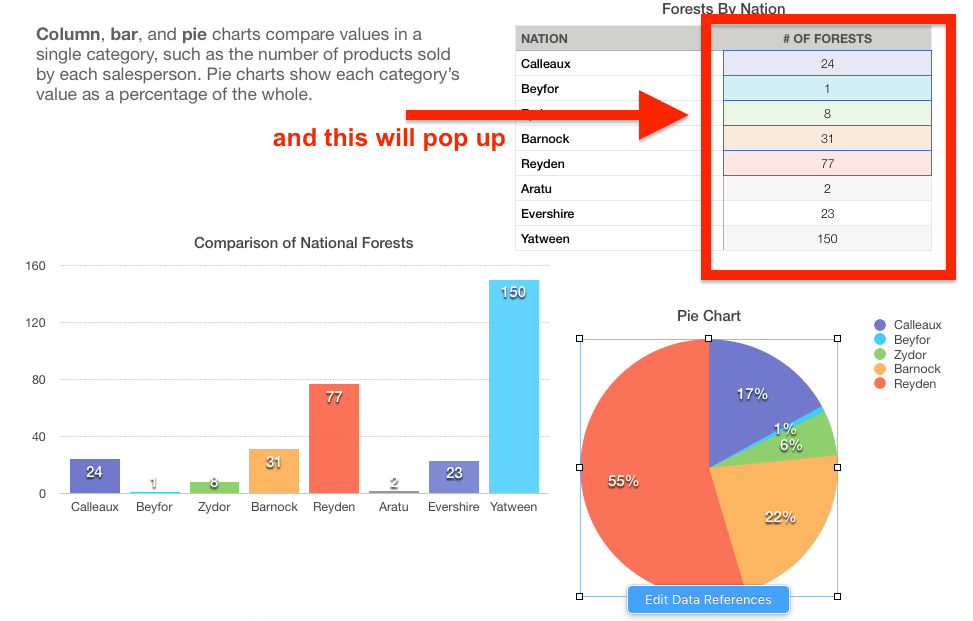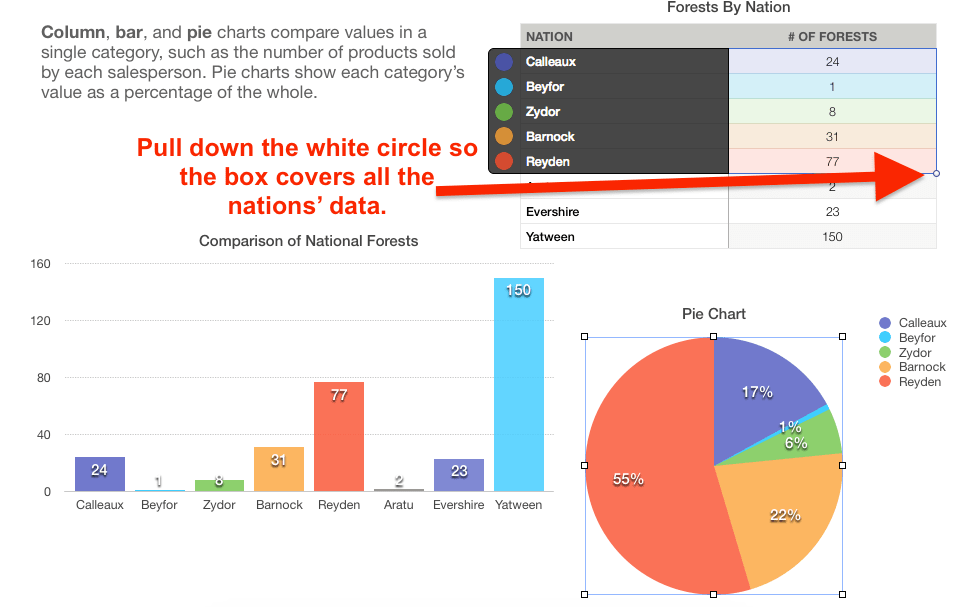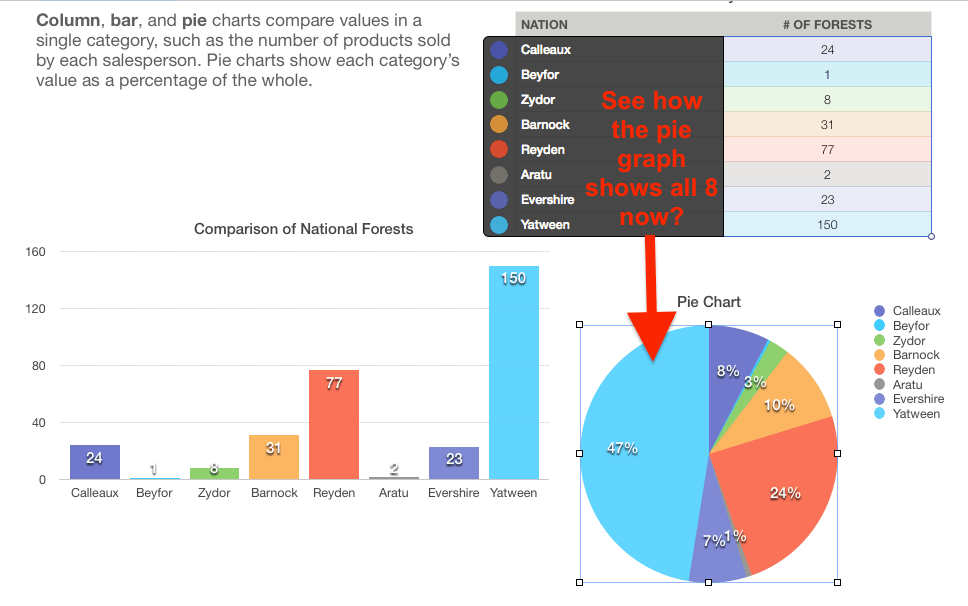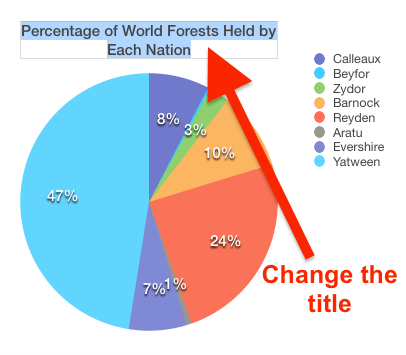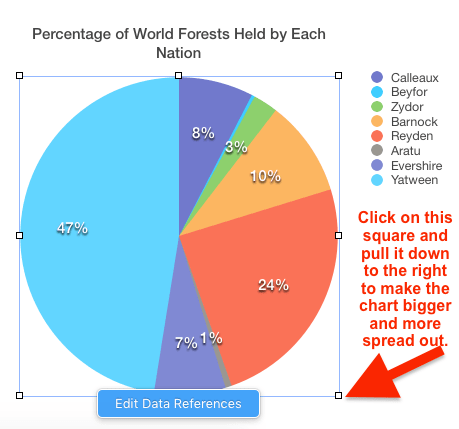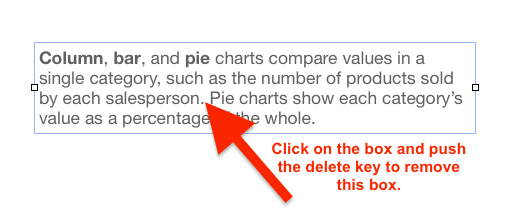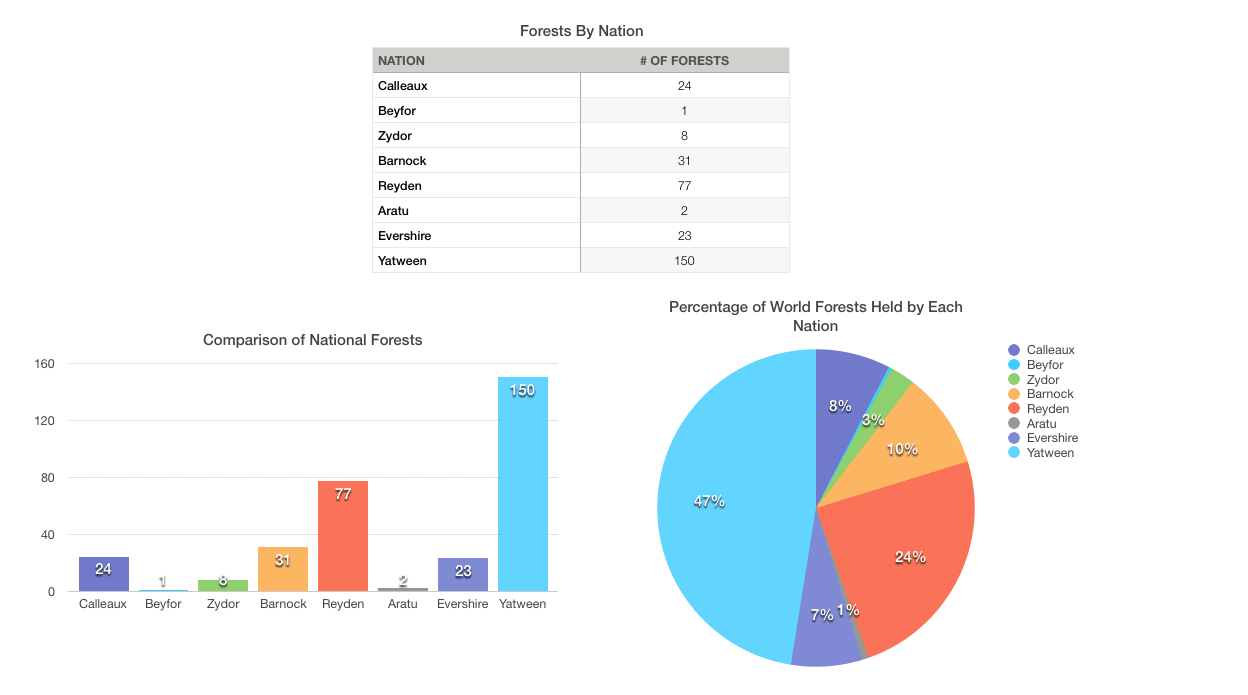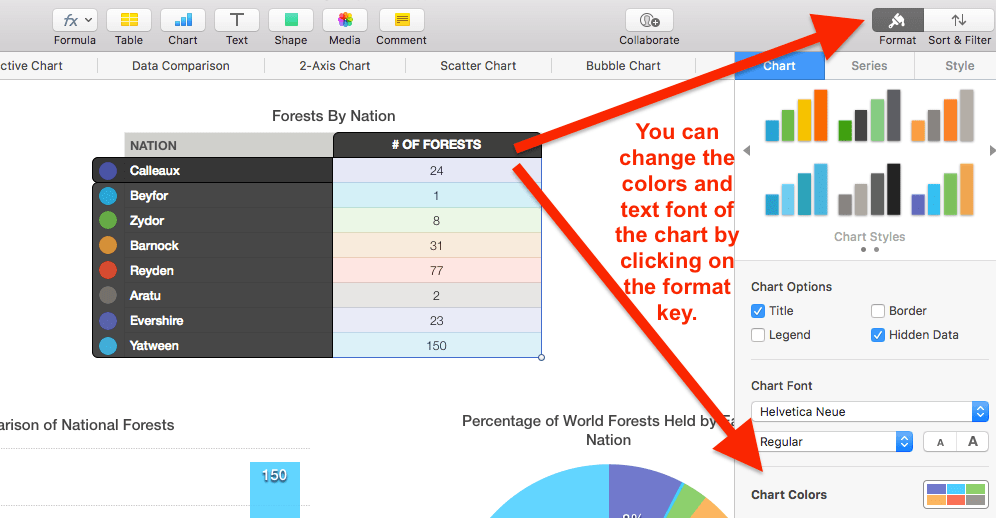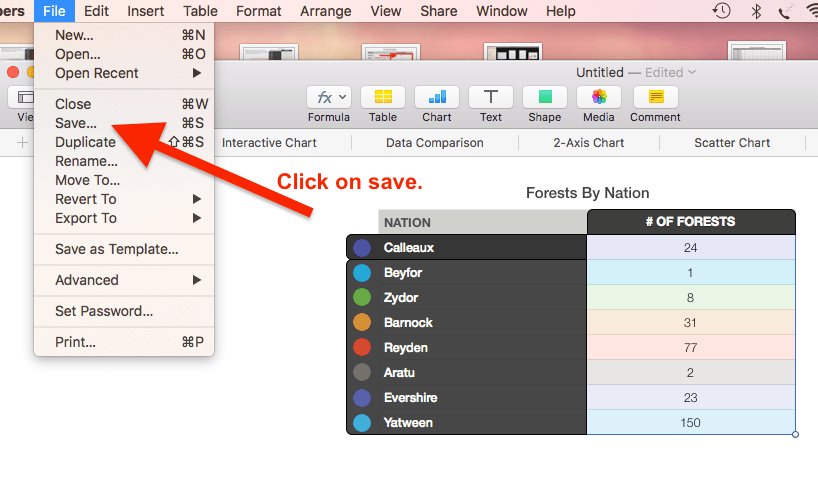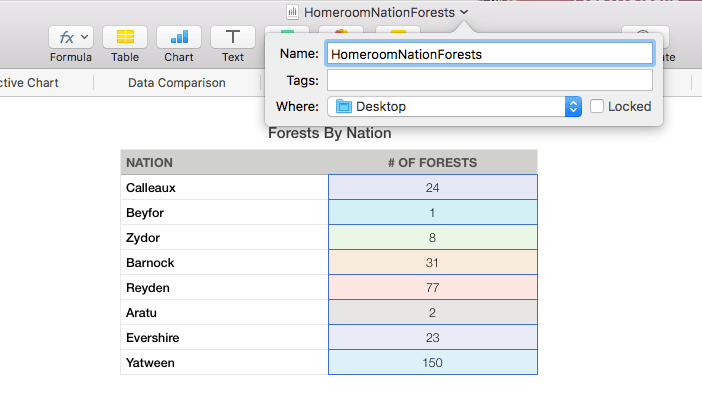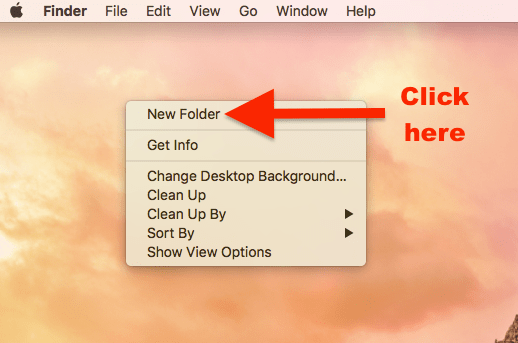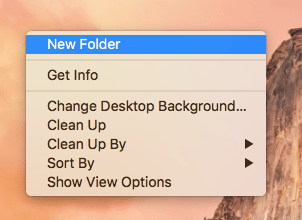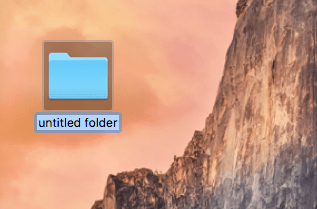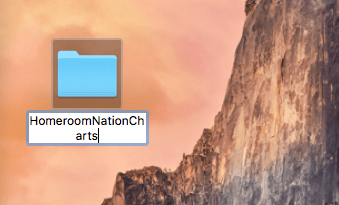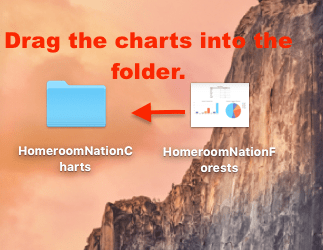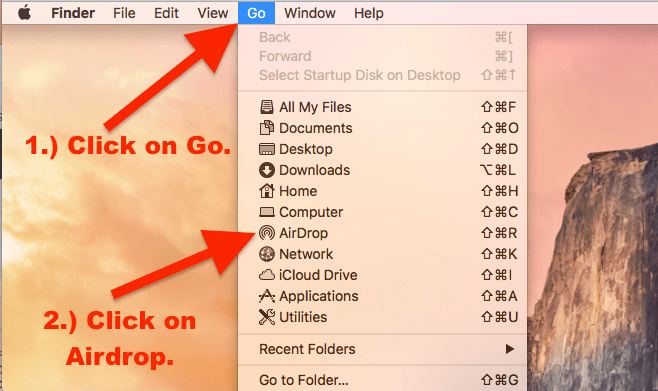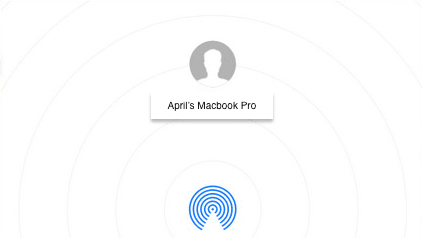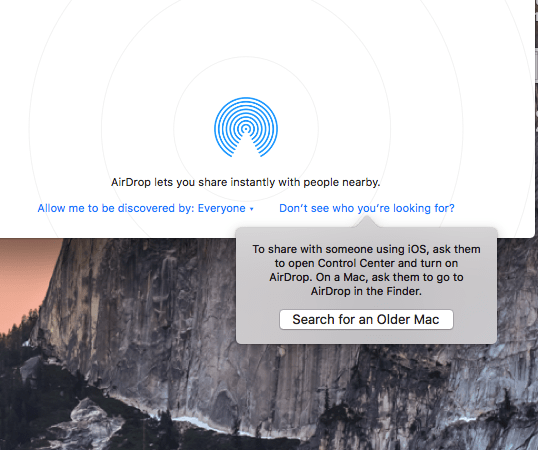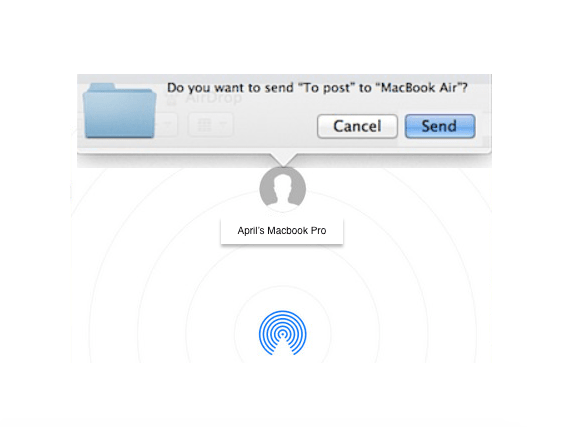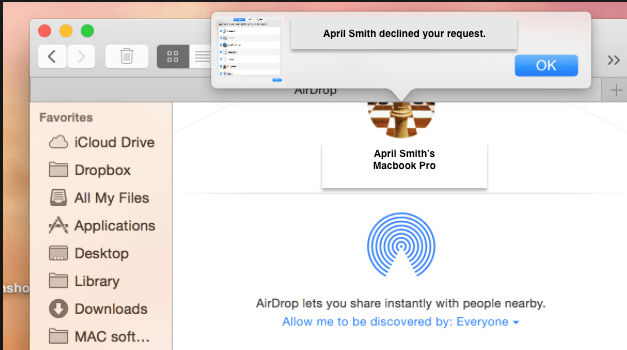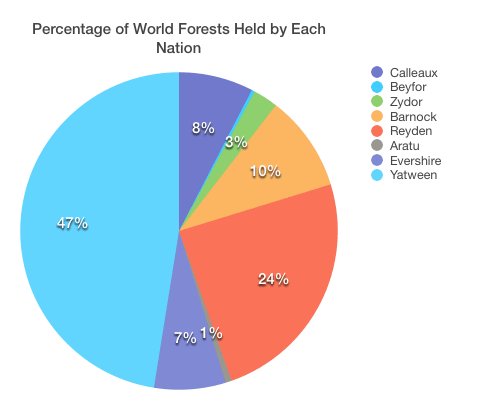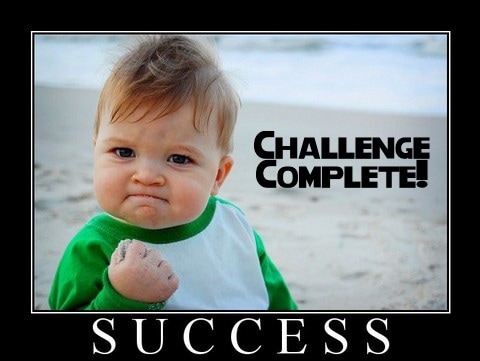WORLD WAR I LIVE ACTION ROLE PLAY
CHALLENGE 2
Geography of Armythia
UNIT MISSION
Just as a reminder, the unit mission is below. This is our final goal for the unit. To meet this goal, each lesson will have targets that you must meet in order to make this goal. The live action role play lesson is this first lesson in the World War I unit. The LARP targets are listed below the mission.

What was World War I? What caused it? How was is fought? How did it end? What was the Impact?
CHALLENGE 2: GEOGRAPHY OF ARMYTHIA
|
CHALLENGE 2 RESOURCES
Computer, Numbers for Mac, Internet, printer, computer paper, Class Learning Platform, Apple T.V., National Signs, Lesson Chronicles Folder, National Intel Folders
CHALLENGE 2 OBJECTIVES
CHALLENGE 2 ACTIVITIES
1.) Complete Know Thy Nation!
2.) Complete National Elections 3.) Receive National Intel Packets 4.) Complete the Geography of Armythia Activities
Know Thy Nation!
Time to Complete: Whole Group Activity - 5 minutes
Directions: First of all, we need to get set up for our LARP. Each table will represent an empire on a fictional planet called Armythia. There are 8 empires on Armythia. The chart below shows which tables represent which empires.
The nations are set up as follows:
NATIONAL ELECTIONS
Time to Complete: Whole Group Activity - 10 minutes
Directions: Now that you know what nation you belong to, it is time to hold elections. Everyone in your group will hold a position. I will read the descriptions aloud to the whole class. Then you will have 10 minutes to hold elections in your nation. To do this, everyone who would like to hold a position raises their hand. Then the whole group votes on the candidate they would like for the job. In the event of a tie, I will roll the even/odd dice to determine the winner. When all positions are filled, write your job and the job description on your Challenge 2 Handout.
THE PRESIDENT
The president of the nation is the leader of the group. He or she leads all the executive council meetings, gives the state of the union addresses, delivers speeches at world summits, and implements all of the council's final decisions. The president should make sure everyone gets a say. THE SECRETARY
The secretary of the nation is the recorder for the group. He or she does all the writing for the nation in your national intel book. All computer work that is required of the group as a whole will be done on the secretary's computer. If everyone has a computer task and you have to compile the information from the task, everyone will airdrop it to the secretary. He or she also makes sure that group work is organized and in the proper order before it is submitted. THE CHIEF OF STAFF
The chief of staff for the nation is the time manager and organizer for the group. He or she keeps the group on task by redirecting members who get off task or wander off subject. They also watch the time and let the group know when the time to complete a task is half over and 5 minutes until over. He or she also makes sure that all group members are completing their jobs and handouts and reports any member who is not fufilling their job. THE AMBASSADOR
The ambassador for the nation is the negotiator for the group. He or she is the one who negotiates alliances and attempts to smooth over conflicts with other nations. He or she guides the president and the council in decision making regarding all foreign policy. They also run all errands for the group. |
TOOLBOXChronicles Links
Challenge 2 Termsanalysis: a careful study of something to learn about its parts, what they do, and how they are related to each other
cardinal directions: North, South, East, West confidential: something that is private or secret empire: a group of countries under the rule of one country establish: to set up or start something geography: the study of the land and its resources, how people use land and its resources, the impacts land has on people, and the impact people have on the land gross national product: the amount of money or monetary value of all the finished goods and services produced within a country's borders in a specific time period industrialized: a nation that manufactures goods in industries as their major way of making money and maintaining their economy imperial: word used to describe or anything relating to an empire intel: any information that is valuable to a nation's government or military intermediate directions: Northwest, Northeast, Southwest, Southeast mean: the average value of numbers in a set calculated by adding all the numbers in a set and dividing the sum by the number of values given in the set median: the middle number in a set of numbers found by putting the numbers in numerical order then eliminating the smallest number and the largest number until only one number is left natural resources: things found in nature that are valuable to humans percentage: the number of something out of 100 parts range: the difference between the lowest number and the highest number in a set rank: the position of something in a set terrain: the physical features of a stretch of land World War I Resource LinksWorld War I Glossary of Terms
World War I Timeline
World War I Maps
World War I Photo Gallery
World War I Videos
World War I Study Guides & Study Games
| ||||
GROUPS OF THREE AND WHAT TO DO IF SOMEONE IS ABSENT
If your group only has 3 members, then you should all divide up the tasks of the one job that is not taken. If a member of your group is absent, you will need to decide between yourselves how you will divide up that person's responsibilities. If a group member is out on election day, they will be assigned the job that is left over.
If your group only has 3 members, then you should all divide up the tasks of the one job that is not taken. If a member of your group is absent, you will need to decide between yourselves how you will divide up that person's responsibilities. If a group member is out on election day, they will be assigned the job that is left over.
National Intel Packets
Time to Complete: Small Group Activity - 5 minutes
Directions: Now that you know your nation and have elected the leaders, you will receive your National Intel Packets. These packets are CONFIDENTIAL! This means that they are not to be viewed by anyone other than your group. This is where you will receive secret information about your nation, collect information about your nation, and record information about other nations. I will pass these out at the beginning of each class and take these up at the end of every class. These files are NOT to go home or leave my class for any reason! Never do any pages in the packet unless you are instructed to do so.
Once you get your packet, the Secretary should fill in the names of the people who hold each job in the group. Then, the president of the group will read the packet overview to the group. The Chief of Staff should keep an eye on the time. You will have 5 minutes to complete this activity.
Once you get your packet, the Secretary should fill in the names of the people who hold each job in the group. Then, the president of the group will read the packet overview to the group. The Chief of Staff should keep an eye on the time. You will have 5 minutes to complete this activity.
Geography of Armythia
Time to Complete: Whole Group Activity - 2 Days to Complete All the Activities
You know your nation's name and you know the leaders' jobs. Now it is time to learn about the geography of Armythia. Geography plays a key role in the success or failure of a nation. Geography is the study of the land and its resources, how people use land and its resources, the impacts land has on people, and the impact people have on the land.
You will perform several activities that help you learn more about your nation's geography and natural resources. Look at the maps and World Statistics below for the LARP planet of Armythia. You will also see a key of important natural resources and terrain. All the activity materials are also included in your intel packets. Anything that is confidential we be marked as Confidential and will not be embedded on the website!
You will perform several activities that help you learn more about your nation's geography and natural resources. Look at the maps and World Statistics below for the LARP planet of Armythia. You will also see a key of important natural resources and terrain. All the activity materials are also included in your intel packets. Anything that is confidential we be marked as Confidential and will not be embedded on the website!
Maps & Establishing Your Location
Directions: In this first geography activity, your group needs to identify your nation on the map. You can zoom in on the maps to see them better. In your Intel packets, the secretary needs to color in the map of your nation with a yellow highlighter on te World Map of Armythia and the Landmass Map. Some of you will color the whole landmass because your nation covers all of your landmass.
World Map and Landmasses
Geography Intel
Directions: In the second geography activity, you will gather information about your nation's natural resources. Answer the Intel Questions in your Intel Packet using the Live Action Role Play Statistics page. The statistics are embedded below and the questions you will answer are listed below the statistics because both are world knowledge and not confidential information.
World Statistics
Questions
National Location
When answering the questions about the advantages and disadvantages of your natural resources, think about... "what are these natural resources used for and how could they help in defending our nation."
1.) Use cardinal and intermediate directions to describe your nation's location on the World Map.
Landscape
Coastline
2.) Does your nation have a coastline?
3.) What percentage of your nation's perimeter is coastline?
4.) What are the advantages and disadvantages of having a coastline?
2.) Does your nation have a coastline?
3.) What percentage of your nation's perimeter is coastline?
4.) What are the advantages and disadvantages of having a coastline?
Mountains
5.) Does your nation have mountain ranges?
6.) If so, how many?
7.) What are the advantages and disadvantages of having mountain ranges? If you do not have mountain ranges, what are the advantages and disadvantages of not having mountain ranges?
5.) Does your nation have mountain ranges?
6.) If so, how many?
7.) What are the advantages and disadvantages of having mountain ranges? If you do not have mountain ranges, what are the advantages and disadvantages of not having mountain ranges?
Natural Resources
Lakes and Rivers (Fresh Water)
8.) Does your nation have lakes/rivers?
9.) What percentage of your nation is fresh water?
10.) What are the advantages and disadvantages of the amount of fresh water you have in your nation?
8.) Does your nation have lakes/rivers?
9.) What percentage of your nation is fresh water?
10.) What are the advantages and disadvantages of the amount of fresh water you have in your nation?
Forests
11.) Does your nation have large forestlands?
12.) If so, how many large forests do you have?
13.) What are the advantages and disadvantages of the number of forests lands you have in your nation?
11.) Does your nation have large forestlands?
12.) If so, how many large forests do you have?
13.) What are the advantages and disadvantages of the number of forests lands you have in your nation?
Coal Mines
14.) Does your nation have coal mines?
15.) If so, how many coal mines do you have?
16.) What are the advantages and disadvantages of the number of coal mines you have in your nation?
14.) Does your nation have coal mines?
15.) If so, how many coal mines do you have?
16.) What are the advantages and disadvantages of the number of coal mines you have in your nation?
Iron Ore Mines
17.) Does your nation have iron ore mines?
18.) If so, how many iron ore mines do you have?
19.) What are the advantages and disadvantages of the number of iron ore mines you have in your nation?
17.) Does your nation have iron ore mines?
18.) If so, how many iron ore mines do you have?
19.) What are the advantages and disadvantages of the number of iron ore mines you have in your nation?
Industrial Farms
20.) Does your nation have industrial farms?
21.) If so, how many industrial farms do you have?
22.) What are the advantages and disadvantages of the number of industrial farms you have in your nation?
20.) Does your nation have industrial farms?
21.) If so, how many industrial farms do you have?
22.) What are the advantages and disadvantages of the number of industrial farms you have in your nation?
Oil
20.) Does your nation have oil reserves?
21.) If so, how many oil reserves do you have?
22.) What are the advantages and disadvantages of the number of oil reserves you have in your nation?
20.) Does your nation have oil reserves?
21.) If so, how many oil reserves do you have?
22.) What are the advantages and disadvantages of the number of oil reserves you have in your nation?
Gold
20.) Does your nation have gold mines?
21.) If so, how many gold mines do you have?
22.) What are the advantages and disadvantages of the number of gold mines you have in your nation?
20.) Does your nation have gold mines?
21.) If so, how many gold mines do you have?
22.) What are the advantages and disadvantages of the number of gold mines you have in your nation?
Diamonds
20.) Does your nation have diamond mines?
21.) If so, how many diamond mines do you have?
22.) What are the advantages and disadvantages of the number of diamond mines you have in your nation?
20.) Does your nation have diamond mines?
21.) If so, how many diamond mines do you have?
22.) What are the advantages and disadvantages of the number of diamond mines you have in your nation?
Geography Graphs
Directions: In the third geography activity, you will compare and contrast your nation's natural resources with other major nations. To do this, you will create a bar graph and a pie chart for each natural resource using "Numbers" on your Macbook Airs.
To do this, follow the instructions below
|
3.) In the graphs' title box, type in the first natural resource and then the words, "by nation."
|
4.) You need to add 3 more rows to the graph. It only has 5 and you need 8 for 8 nations. To do this, click on the graph. On the bottom left there is a circle with 2 little lines. Click on this 3 times to create 3 new rows.
|
|
19.) You can also click on the graphs and charts and drag them anywhere you want on the screen.
|
20.) You can change the color and text fonts of the charts by clicking the format button. It is important that you make sure every nation has a different color. Otherwise, your pie chart will be hard to read when you do your analysis.
|
|
21.) When you complete the bar graph and pie chart for a natural resource, save the chart. Click on the file button at the top left part of your screen and click on save in the pull down menu.
|
22.) When the box at the top that says untitled pops up, change the name to your homeroom your nation and the natural resource that the charts describe. For example, if you are in Mrs. Wendt's Homeroom, you are the nation of Evershire, and you are analyzing forests as your natural resource, your chart should be saved as WendtEvershireForests. Make sure you click on the Where box and select Desktop.
|
|
23.) Follow this same process for all the natural resources. You should have a bar graph and pie chart for all of the following natural resources for all 8 nations:
|
24.) When you have finished and saved all 8 bar graphs and pie charts, to your desktop, you put all of the charts into a file before you airdrop it to me. To do, this, double click on the desktop screen and this box will come up. Select new folder.
|
|
... If after a few moments, you do not see me pop up in Airdrop, make sure the bottom says "Allow me to be discovered by: Everyone. If it does not click on the pull down menu by "Everyone" and change it. Then click on, Don't See Who You're Looking For? and then Search for an Older Mac.
|
29.) When I pop up in Airdrop, drag the file to my FACE. You will see a pop up that will look like this one asking you if you want to send it to April's Macbook Pro. Click Send.
|
Geography Analysis
Directions: In the fourth geography activity, you will determine your wealth in natural resources. You will use your charts to evaluate how your natural resources stack up to the other nations of Armythia. First, read how to figure out the statistics questions below. Then answer the questions using your charts in your National Intel Packets.
|
National Rank
To find your national rank look at the bar graph for each natural resource. What place did you come in for each natural resource? Example: Number of Silver Mines Nation A 4 Mines Nation B 6 Mines Nation C 1 Mines Nation D 2 Mines Nation E 0 Mines Nation F 8 Mines Nation G 15 Mines Nation H 9 Mines The nation with the most mines is 1st the nation with the fewest mines is 8th. So, Ranks would look like this: 1st Nation G with 15 mines 2nd Nation H with 9 mines 3rd Nation F with 8 mines 4th Nation B with 6 mines 5th Nation A with 4 mines 6th Nation D with 2 mines 7th Nation C with 1 mines 8th Nation E with 0 mines |
Percentage of the Industrialized World
To find the percentage that you hold of a natural resource in the industialized world look at the pie chart for each natural resource for all 8 major nations. Example: When you look at the chart below, you will find your nation's name in the right column. Look for that color in the pie chart. So if I am Yatween, I see that I hold 47% of the industrial world's forests. Barnock is orange. It holds 10%. |
|
Industrial World Mean
To find the industrial world mean for each natural resource, add up the amount each nation has of a resource from your bar graph. Divide the number by 8. You are simply determining the average when you find the mean. Example: Number of Silver Mines Nation A 4 Mines Nation B 6 Mines Nation C 1 Mines Nation D 2 Mines Nation E 0 Mines Nation F 8 Mines Nation G 15 Mines Nation H 9 Mines 4 + 6 + 1 + 2 + 0 + 8 +15 + 9 = 45 45/8 = 5.625 The average number of silver mines is 5.625 |
Industrial World Median
To find the industrial world median for each natural resource, put the numbers each of the 8 nations has of the natural resource from the bar graph in order from smallest to largest. Mark out the smallest three numbers and the largest three numbers. Add the two numbers in the middle and divde it by two. Example: Number of Silver Mines Nation A 4 Mines Nation B 6 Mines Nation C 1 Mines Nation D 2 Mines Nation E 0 Mines Nation F 8 Mines Nation G 15 Mines Nation H 9 Mines 0, 1, 2, 4, 6, 8, 9, 15 4, 6 4+6 = 10/2 = 5 The median number of silver mines is 5. |
Industrial World Range
To find the industrial world range for each natural resource, select the largest number a nation holds of that natural resource and the smallest number a nation holds of that natural resource. Subtract the smallest number from the largest number.
Example:
Number of Silver Mines
Nation A 4 Mines
Nation B 6 Mines
Nation C 1 Mines
Nation D 2 Mines
Nation E 0 Mines
Nation F 8 Mines
Nation G 15 Mines
Nation H 9 Mines
15 - 0 = 15 The Range in Silver Mines owned is 15.
To find the industrial world range for each natural resource, select the largest number a nation holds of that natural resource and the smallest number a nation holds of that natural resource. Subtract the smallest number from the largest number.
Example:
Number of Silver Mines
Nation A 4 Mines
Nation B 6 Mines
Nation C 1 Mines
Nation D 2 Mines
Nation E 0 Mines
Nation F 8 Mines
Nation G 15 Mines
Nation H 9 Mines
15 - 0 = 15 The Range in Silver Mines owned is 15.
Questions
Fresh Water
1.) What is your national rank for number of fresh water systems (lakes/rivers)?
2.) What percentage of fresh water systems do you hold in the industrialized world?
3.) What is the Mean of fresh water systems in the industrialized world?
4.) What is the Median of fresh water systems in the industrialized world?
5.) What is the range of fresh water systems in the industrialized world?
2.) What percentage of fresh water systems do you hold in the industrialized world?
3.) What is the Mean of fresh water systems in the industrialized world?
4.) What is the Median of fresh water systems in the industrialized world?
5.) What is the range of fresh water systems in the industrialized world?
Forestland
1.) What is your national rank for forestland?
2.) What percentage of forestland do you hold in the industrialized world?
3.) What is the Mean of forestland in the industrialized world?
4.) What is the Median of forestland in the industrialized world?
5.) What is the range of forestland in the industrialized world?
2.) What percentage of forestland do you hold in the industrialized world?
3.) What is the Mean of forestland in the industrialized world?
4.) What is the Median of forestland in the industrialized world?
5.) What is the range of forestland in the industrialized world?
Coal Mines
1.) What is your national rank for number of coal mines?
2.) What percentage of coal mines do you hold in the industrialized world?
3.) What is the Mean of coal mines in the industrialized world?
4.) What is the Median of coal mines in the industrialized world?
5.) What is the range of coal mines in the industrialized world?
2.) What percentage of coal mines do you hold in the industrialized world?
3.) What is the Mean of coal mines in the industrialized world?
4.) What is the Median of coal mines in the industrialized world?
5.) What is the range of coal mines in the industrialized world?
Iron Ore Mines
1.) What is your national rank for number of iron ore mines?
2.) What percentage of iron ore mines do you hold in the industrialized world?
3.) What is the Mean of iron ore mines in the industrialized world?
4.) What is the Median of iron ore mines in the industrialized world?
5.) What is the range of iron ore mines in the industrialized world?
2.) What percentage of iron ore mines do you hold in the industrialized world?
3.) What is the Mean of iron ore mines in the industrialized world?
4.) What is the Median of iron ore mines in the industrialized world?
5.) What is the range of iron ore mines in the industrialized world?
Industrial Farms
1.) What is your national rank for number of industrial farms?
2.) What percentage of industrial farms do you hold in the industrialized world?
3.) What is the Mean of industrial farms in the industrialized world?
4.) What is the Median of industrial farms in the industrialized world?
5.) What is the range of industrial farms in the industrialized world?
2.) What percentage of industrial farms do you hold in the industrialized world?
3.) What is the Mean of industrial farms in the industrialized world?
4.) What is the Median of industrial farms in the industrialized world?
5.) What is the range of industrial farms in the industrialized world?
Oil Reserves
1.) What is your national rank for number of oil reserves?
2.) What percentage of oil reserves do you hold in the industrialized world?
3.) What is the Mean of oil reserves in the industrialized world?
4.) What is the Median of oil reserves in the industrialized world?
5.) What is the range of oil reserves in the industrialized world?
2.) What percentage of oil reserves do you hold in the industrialized world?
3.) What is the Mean of oil reserves in the industrialized world?
4.) What is the Median of oil reserves in the industrialized world?
5.) What is the range of oil reserves in the industrialized world?
Gold
1.) What is your national rank for number of gold mines?
2.) What percentage of gold mines do you hold in the industrialized world?
3.) What is the Mean of gold mines in the industrialized world?
4.) What is the Median of gold mines in the industrialized world?
5.) What is the range of gold mines in the industrialized world?
2.) What percentage of gold mines do you hold in the industrialized world?
3.) What is the Mean of gold mines in the industrialized world?
4.) What is the Median of gold mines in the industrialized world?
5.) What is the range of gold mines in the industrialized world?
Diamond Mines
1.) What is your national rank for number of diamond mines?
2.) What percentage of diamond mines do you hold in the industrialized world?
3.) What is the Mean of diamond mines in the industrialized world?
4.) What is the Median of diamond mines in the industrialized world?
5.) What is the range of diamond mines in the industrialized world?
2.) What percentage of diamond mines do you hold in the industrialized world?
3.) What is the Mean of diamond mines in the industrialized world?
4.) What is the Median of diamond mines in the industrialized world?
5.) What is the range of diamond mines in the industrialized world?
Analysis Questions
1.) Do you have any natural resources where your number is above the industrial world mean? Which ones? How far above the mean are you?
2.) Do you have any natural resources where your number is below the industrial world mean? Which ones? How far below the mean are you?
3.) What are the advantages of being above the mean?
4.) What are the disadvantages of being above the mean?
5.) What are the advantages of being below the mean?
6.) What are the disadvantages of being below the mean?
7.) Based on natural resources only, which nations might you attempt to make alliances with? Why?
8.) Based on natural resources only, which nations might want you as their ally? Why?
9.) Why are natural resources important? How do they help a nation?
2.) Do you have any natural resources where your number is below the industrial world mean? Which ones? How far below the mean are you?
3.) What are the advantages of being above the mean?
4.) What are the disadvantages of being above the mean?
5.) What are the advantages of being below the mean?
6.) What are the disadvantages of being below the mean?
7.) Based on natural resources only, which nations might you attempt to make alliances with? Why?
8.) Based on natural resources only, which nations might want you as their ally? Why?
9.) Why are natural resources important? How do they help a nation?
Challenge 2 Lesson Chronicles
Time to Complete: Whole Group Activity - 20 minutes
SPECIAL INSTRUCTIONS:
Please note that the GNP or Gross National Project term and definition are not listed in your chronicles. This was an accident! Please write this term and definition somewhere on your vocabulary terms page so that you know to study this word. By writing this in instead of reprinting all the chronicles, we will save paper. Thank you!
Please note that the GNP or Gross National Project term and definition are not listed in your chronicles. This was an accident! Please write this term and definition somewhere on your vocabulary terms page so that you know to study this word. By writing this in instead of reprinting all the chronicles, we will save paper. Thank you!
Challenge 2 Lesson Chronicles Directions: This goes behind your Challenge 1 Lesson Chronicles. Don't forget to put your name on the handout. Write Challenge 2 Chronicles in your Table of Contents. Challenge 2 Chronicles are worth 50 points. You will first complete the vocabulary terms for the Challenge. At the end of the challenge you will answer the questions about what you learned in today's Challenge. If you should lose the copy I give you in class, you can print out another copy at home by clicking on the link in the toolbox.
If you do not finish the Chronicles in the designated class time it becomes homework. Remember, I will check each group's National Intel Packets and every student's Lesson Chronicles on Friday.
If you do not finish the Chronicles in the designated class time it becomes homework. Remember, I will check each group's National Intel Packets and every student's Lesson Chronicles on Friday.
